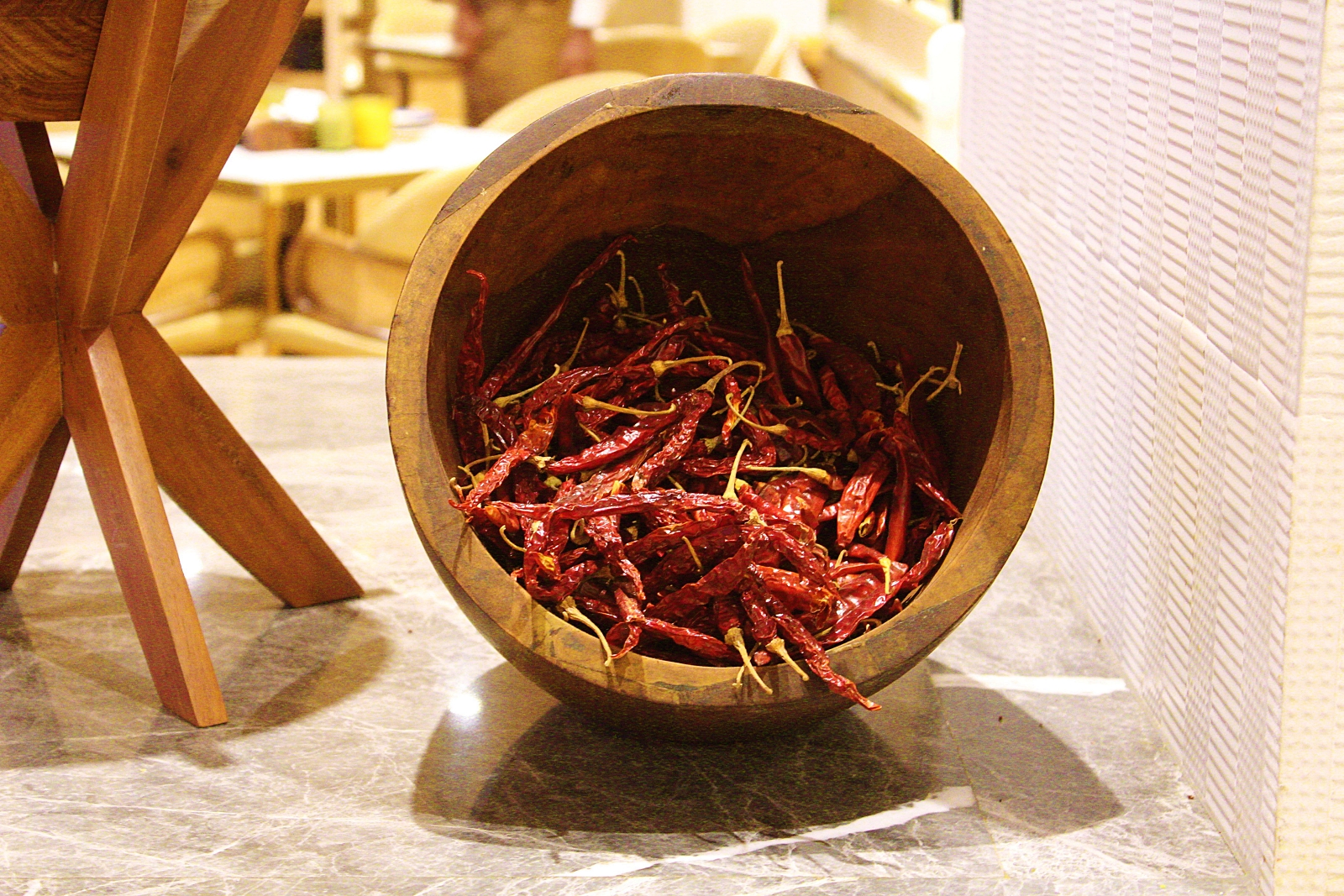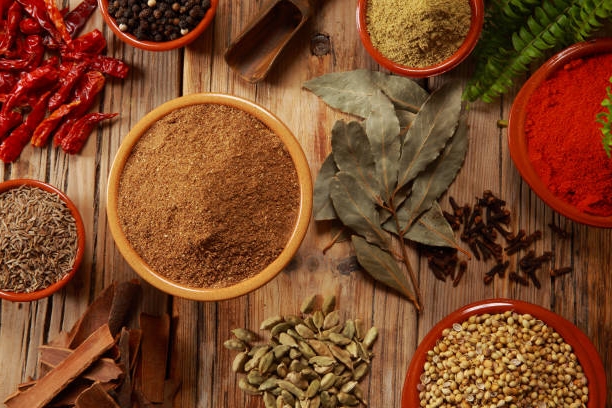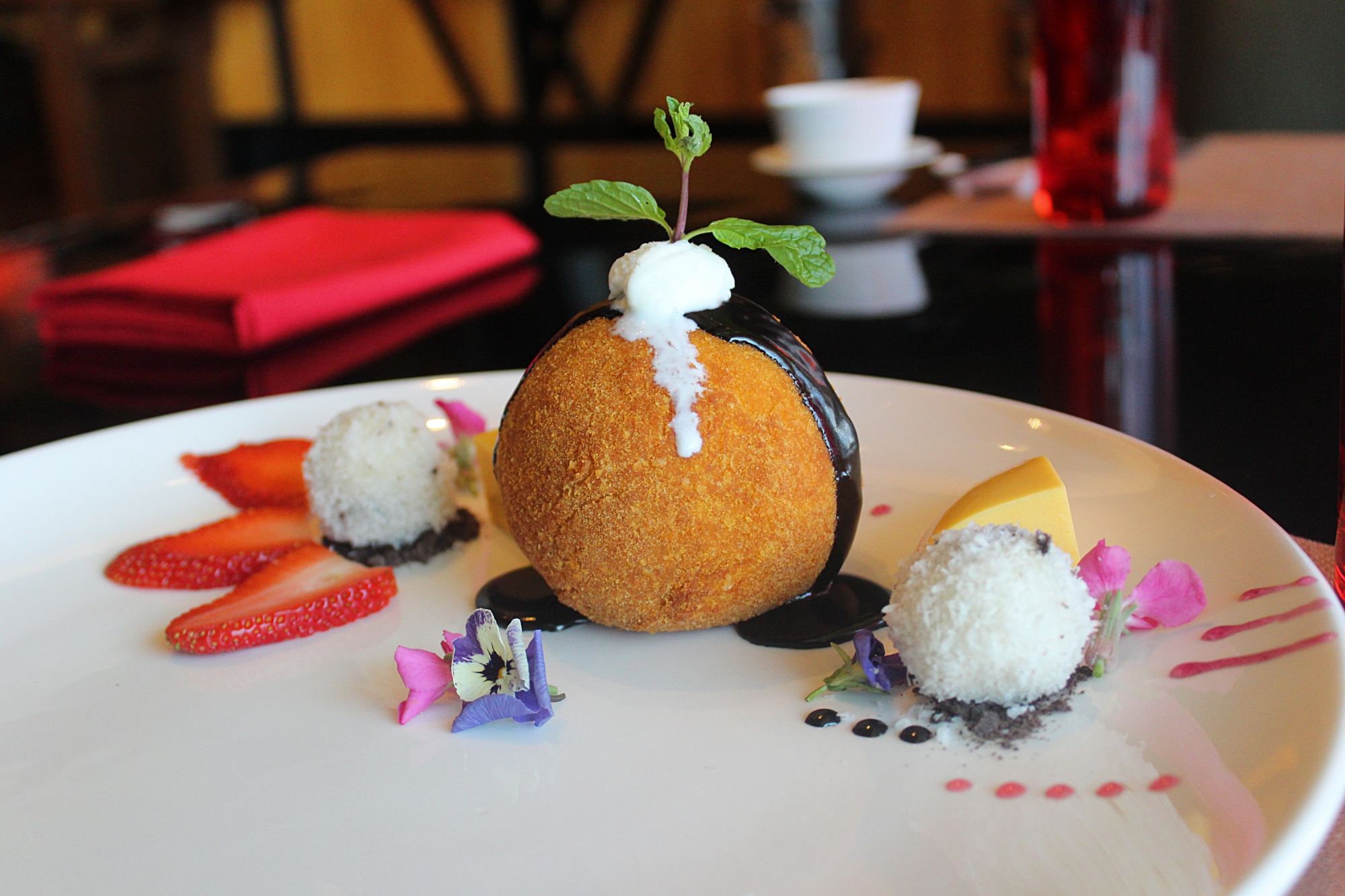Indian Spices and How to Use Them
Indian spices are an essential part of the cuisine in India. Not only do they add flavor and depth to dishes, but they also offer a variety of health benefits. In this blog post, we will discuss the top 15 Indian spices, as well as how to use them in cooking, flavoring drinks, aromatherapy, and more. We’ll also provide tips for shopping, storing, and preparing Indian spices, along with popular Indian spice combinations and substitutions. Read on to learn all about the wonders of Indian spices!
Table of Contents
Overview of Indian Spices

Indian cuisine is renowned for its rich and flavourful dishes, and the flavour profiles of these dishes are largely attributed to the wide variety of spices used. India is home to some of the world’s most commonly used and beloved spices, such as cumin, turmeric, cardamom, coriander, mustard, ginger, and more. These spices can be used on their own or combined to create unique flavor profiles that are associated with traditional Indian dishes. Indian spices can also be used to make flavorful teas, chutneys, and pickles. In addition to their culinary uses, many spices used in Indian cooking are believed to have medicinal benefits and are used in Ayurvedic medicine.
Benefits of Indian Spices
Indian spices have been used for centuries to add flavor, fragrance and medicinal properties to food. They are a key part of many traditional Indian dishes and are also becoming increasingly popular in the Western world. From turmeric to cumin to cardamom, Indian spices offer a range of benefits that can improve health and wellbeing. From aiding digestion to providing antioxidants to boosting immunity, Indian spices can help to promote overall health. In addition, they can also help to reduce inflammation, fight bacterial and fungal infections, and even reduce the risk of certain diseases such as cancer. With so many potential benefits, it’s no wonder that Indian spices are becoming a popular part of our diets.
Types of Indian Spices
India is known for its diverse and flavorful cuisine, which is the result of the country’s varied geography and culture. Spices, in particular, are essential to Indian cuisine, adding heat and aroma to the dishes. There are a variety of spices used in India, each with its own unique flavor and aroma. Some of the most widely used spices are cumin, coriander, cardamom, turmeric, chili, ginger, black pepper, cloves, cinnamon, mustard and fenugreek.
Each type of spice has a distinct taste and aroma, and they are often used in combination to create complex and delicious flavor profiles. India is also known for its range of aromatic masalas, which are blends of spices used to enhance the flavor of dishes. Spices are an integral part of Indian cooking and it is no surprise that the country is home to some of the most flavorful dishes in the world.
Recipes Featuring Indian Spices
From the heady aroma of cardamom to the earthy flavor of cumin, Indian spices have long been prized for their intense flavors and health benefits. Whether you’re looking to add a little something special to a favorite dish, or create an entirely new culinary experience, Indian spices offer endless possibilities. Try adding turmeric to your next curry for a bright yellow hue and a nutty flavor, or use garam masala to add layers of flavor to chicken, lamb, or vegetable dishes. Coriander, cumin, and mustard seeds are also staples of Indian cooking, and can be used to create a flavorful base for your dish. With these and other Indian spices, you can create an array of delicious and healthful dishes for your family and friends.
Tips for Using Indian Spices
Using Indian spices can provide an array of flavor and texture to any dish. The range of spices available in India is quite vast, so it can be difficult to know how to use them correctly. Here are some tips for using Indian spices to add zest and complexity to your cooking.
First, select the spices according to the dish you are making. Different spices are better suited to different flavors. For example, a curry dish might require turmeric, coriander, and ginger, while a roasted vegetable dish might benefit from cumin, cardamom, and cinnamon.
Second, when using Indian spices, it is important to determine the right proportion. Too much spice can overpower a dish, so it is important to add spices slowly and adjust the flavor according to your taste.
Third, toast whole spices before grinding them. This will help to release the aromas and flavors of the spices.
Finally, store Indian spices in an airtight container in a cool, dark place. This will help the spices to retain their flavour and aroma for longer. By following these tips, you can make the most of Indian spices to add flavour, aroma, and depth to your recipes.
Health Considerations When Using Indian Spices
Indian spices have long been used in traditional cooking and medicine and are known for their rich flavors and health benefits. However, it is important to consider certain health considerations when consuming them. Some spices, such as chili peppers, contain capsaicin, which may cause irritation to the mouth and stomach. Additionally, certain spices such as turmeric, cumin and coriander may be beneficial for some people, but can cause digestive disturbances in others.
It is important to know the source of the spices, as some may have been contaminated by pesticides or molds. Additionally, it is important to consider any potential allergies or sensitivities that you may have before using any spice. Finally, spices should be stored in an air tight container and away from light and heat to ensure optimal flavor and freshness. By taking these steps and considering these health considerations, you can enjoy the flavorful benefits of Indian spices.
Popular Indian Spice Combinations
Indian cuisine is known for its vibrant and intense flavors, which are created through the combination of various spices. Popular spice combinations found in Indian dishes include cumin, coriander, cardamom, turmeric, chili powder, and garam masala. Each of these spices adds a distinct flavor to the dish, while also creating a balance of sweet and savory flavors. Cumin and coriander are often used together to provide a warm and earthy flavor, while cardamom, chili powder and turmeric provide a more complex and spicy flavor. Garam masala is often used in curries and stews to give a rich and aromatic flavor. Whether you are looking for a mild or intense flavor profile, these combinations of Indian spices will add an authentic taste to your dish.
Shopping for Indian Spices
When shopping for Indian spices, it is important to understand the different types available and the various flavors they can impart. Indian spices range from mild to fiery and can include coriander, cumin, turmeric, ginger, cardamom, mustard, cinnamon, fenugreek, and more. Knowing which spices to use in a recipe can help bring out the flavor and create a unique and delicious dish. As Indian spices can be quite strong, it is important to use the right amounts for each dish. If shopping for Indian spices in person, be sure to use a reputable source as quality and freshness can vary. Additionally, there are a number of retailers who sell Indian spices online and ship them directly to your home.
Storing Indian Spices
Storing Indian spices is an important part of preserving their flavor and aroma. To get the best out of your spices, store them in airtight containers, away from heat and light. Avoid storing in plastic containers as they can absorb the aromas of the spices. It is also important to label each container with the name of the spice and the date of purchase. This will help you to keep track of the freshness of the spices. To ensure the best results, use a dry spoon when measuring the spices. Lastly, keep your spices in a cool, dry place. This will help to extend the shelf life of your spices and ensure that their flavor and aroma remain intact.
Substitutions for Indian Spices
Indian cuisine is known for its delicious spices, many of which are difficult to find in other countries. For those who are unable to find these spices, there are a variety of substitutions which can be used to add flavour and depth of flavour to recipes. Substitutions for Indian spices such as turmeric, cumin, coriander, cardamom, and garam masala include paprika, chilli powder, mustard powder, garlic powder, onion powder and ginger. For those looking to recreate the complex flavor profiles of Indian dishes, it is important to use a combination of these spices in order to achieve the desired taste. Additionally, some additional ingredients such as tomato paste and vegetable broth can also be used to enhance the flavor of the dish.
Preparing Indian Spices
Indian cuisine has a wide variety of spices that are used to create delicious and flavorful dishes. Preparing Indian spices for cooking is an important part of creating an authentic and delicious Indian meal. When preparing Indian spices, it is important to be mindful of both the amount of spice to be used and the amount of time each spice should be cooked. Care should also be taken to ensure that the spices are not overcooked, as this can lead to a burned taste.
When preparing Indian spices, it is important to know the correct proportions for each ingredient to ensure that the dish is flavorful and balanced. Additionally, it is important to check for any allergies or sensitivities to spices, as certain ingredients may be too strong for some individuals. Once the spices are ready, they can be used to create a variety of delicious dishes that will be sure to delight the whole family.
Cooking With Indian Spices
Indian cuisine is steeped in rich and diverse flavors, with a variety of spices playing a central role. From the robust, fragrant garam masala to the delicate, sweet saffron, Indian spices can be used to bring an array of flavors and aromas to your cooking. From aromatic curries to flavorful biryanis, Indian spices can help you to create delicious dishes with a distinctive taste. With a few basic spices, you can create amazingly flavorful dishes that you and your family will love. So why not explore the world of Indian spices and learn to cook with their unique flavors and aromas?
Flavouring Drinks With Indian Spices
Indian spices are a great way to add flavor to drinks. From the classic Indian chai to various other teas and other beverages, the addition of these spices can make a simple drink more interesting. They can also help to aid digestion and bring out the unique flavors of different ingredients. Common Indian spices used in drinks include cardamom, cloves, cinnamon, ginger, and cumin. When used in proper quantities and combinations, these spices add depth and complexity to drinks. They can also be used to give a unique floral aroma to beverages. Indian spices can help to enhance the flavor of any drink, and are a great way to make a simple drink more interesting and enjoyable.
Aromatherapy With Indian Spices
Aromatherapy with Indian spices is an ancient practice that has been used for centuries to promote health, relaxation, and well-being. Indian spices are known for their potent medicinal and aromatic qualities, making them ideal for use in aromatherapy. By using these spices in your aromatherapy sessions, you can experience a range of therapeutic benefits, including improved sleep, relaxation, and stress reduction.
Common Indian spices used in aromatherapy include cardamom, cumin, cinnamon, and turmeric. Each of these spices has unique properties that help to create an environment where healing and relaxation can take place. Whether you are looking for a way to relax after a long day or want to reduce stress and improve your overall wellbeing, aromatherapy with Indian spices could be the perfect solution.
Creating Your Own Indian Spice Blends
Creating your own Indian spice blends is a great way to add unique and flavorful complexity to your meals. Indian cuisine is known for its wide variety of spices, which are often used in combination to create complex, aromatic flavors. By creating your own spice blends, you can customize them to fit your tastes. To get started, you need to understand the fundamentals of Indian spices and how they work together.
There are many types of spices available, including those with sweet, warm, and aromatic flavors that can be used in a variety of dishes. Once you have a basic understanding of the spices and their properties, you can begin to experiment to find the perfect combination for your own custom blends. With some practice, you can create delicious and flavorful spice mixtures for your favorite dishes that are truly authentic.
Using Indian spices can add a delicious flavor to meal preparations and drinks, and their health benefits are numerous. From turmeric to coriander to garam masala, the variety of spices available offer a vast array of flavors and textures. Whether you’re a novice or an experienced chef, you can find ways to incorporate Indian spices into your cooking. Whether you’re trying a new recipe, creating your own unique spice blend, or simply adding a pinch of spice to a drink, Indian spices offer an incredible culinary experience. With a little bit of research, you’ll be able to find the perfect Indian spices that suit your tastes and needs.



